‘Satoborsher Dhaka’: A tribute to the evolution of our city

Artist Al-Akhir Sarker's solo art exhibition "Satoborsher Dhaka" — a visual journal of our beloved Dhaka city and its transformation over the past few centuries — is underway at Bhumi Art Gallery in association with Shilpangan. Inaugurated yesterday, the ceremony was attended by the trustee of the Liberation War Museum and writer Mofidul Haque as the chief guest, and prominent architect Mustapha Khalid Palash as the special guest.
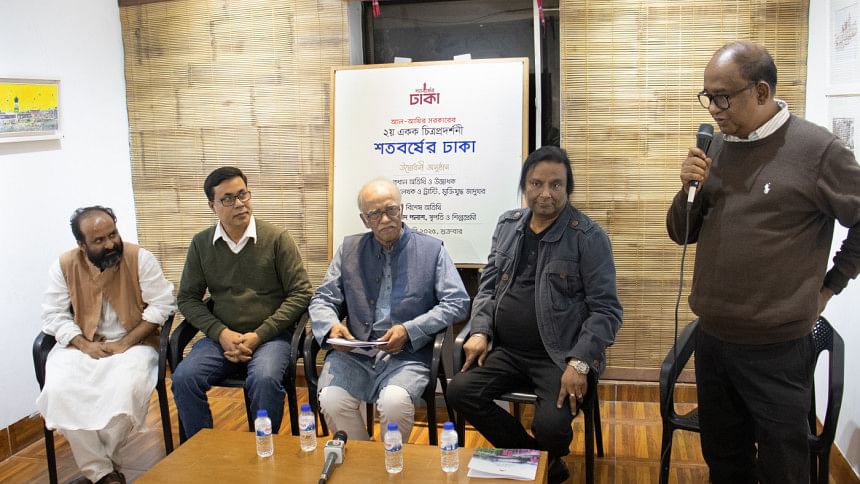
The exhibition is dedicated to Foyez Ahmed, a Bikrampur-born legendary journalist, who grew up in Dhaka. Ahmed held onto the memoir of the city and its changes while becoming a pioneer of art galleries in Dhaka himself.
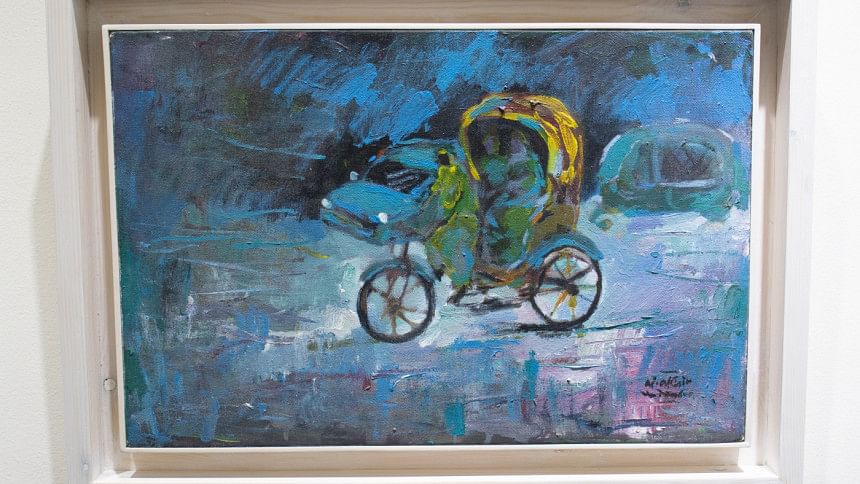
Al-Akhir Sarker, on the other hand, is a modern-day impressionist visual artist, who graduated from the Faculty of Fine Arts, University of Dhaka. After taking part in various group exhibitions at home and abroad, and one prior solo exhibition in Dhaka, he decided to illustrate the city in remarkable ways.
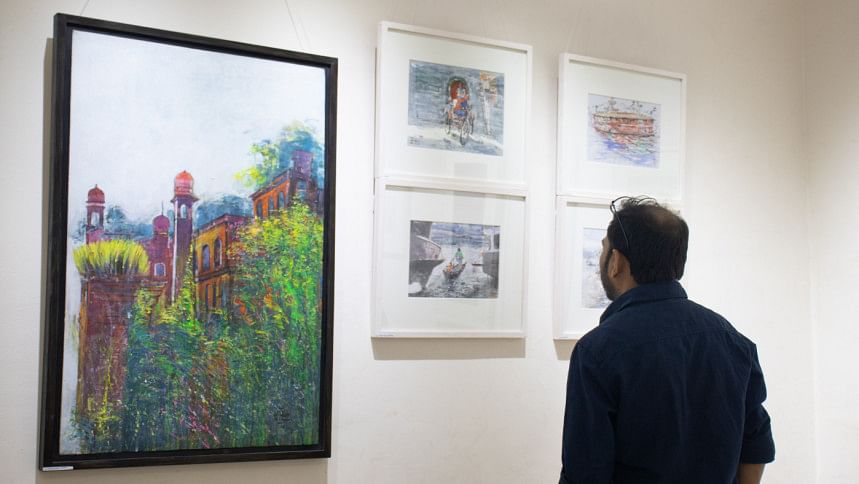
Mofidul Haque in his speech yesterday, mentioned that Sarker despite not being born in Dhaka, has looked at and painted the city with a true artist's soul — that in itself is the beauty of the capital, it embraces everyone. Mustapha Khalid Palash praised Sarker's artwork by explaining, "They possess graphical qualities that stand out in a crowd and are easily recognisable as his art."
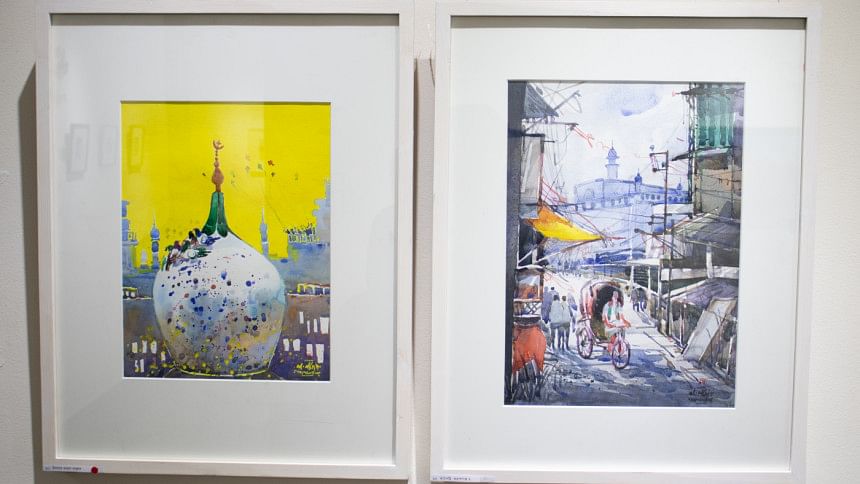
The urban history of Dhaka dates back to the seventh century CE. It has seen Hindu and Muslim rulers alike. It was made the capital of Bengal in the 17th century by the Mughals. Later, it was invaded by the British. Dhaka has maintained its glory for centuries with its nature, landscapes, and architecture. Moreover, West Asian, and European addition to our city added to its architecture.
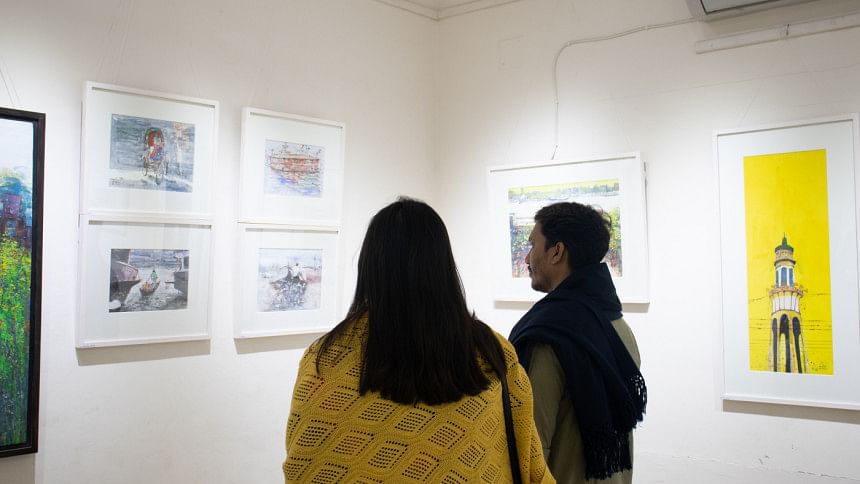
The artist explained that Dhaka city has versatile architecture, some parts have Hindu influences, whereas others have arches like Mughal, Persian, and overall Muslim architecture. He added that the Armenians, the British, and the French have also left their marks on our city, creating a blend that makes Dhaka a wonderful mix of art and cultures.
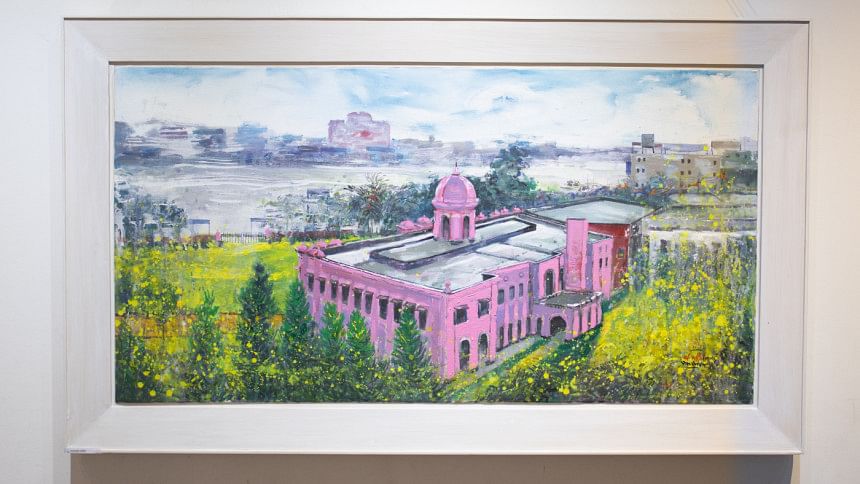
The walls of Bhumi Art Gallery are adorned with paintings, drawings, and sketches by Sarker. There are large paintings like that of Ahsan Manzil. There are narrow lanes and corners of old Dhaka, there are glimpses of Beauty Boarding, Mridha Mosque, Barrister House, and Armenian structures on his canvases and papers.
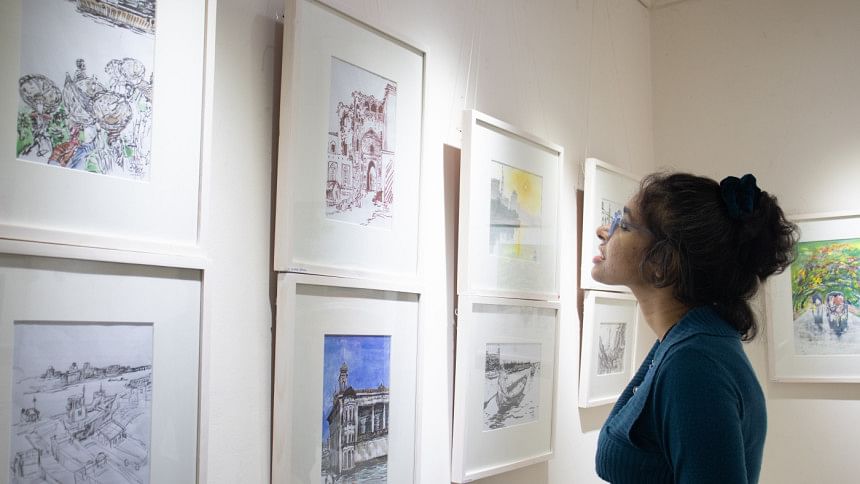
The river Buriganga, which is the heart of Dhaka city, flows in all its former glory in his paintings. I was pleased to see the interior staircases of Ruplal House. However, the most intricate, sensitive, and colourful paintings were those of Poush Sankranti, commonly known as Sakrain — depicting vivid scenes of people flying their striking kites on their rooftops.
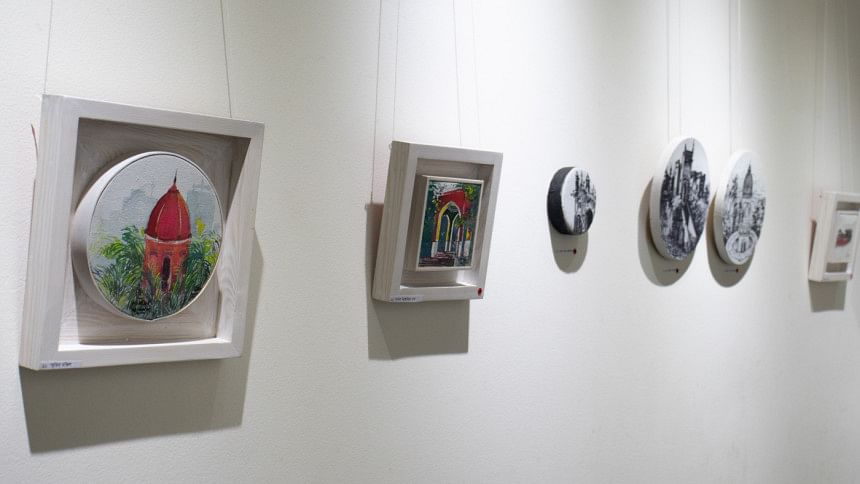
"Satoborsher Dhaka" as an exhibition is like a trip down memory lane for individuals who have witnessed several decades of the city's transformation. The details, brushstrokes, lines, use of light and shadowy hues, and angles of perception in Sarker's artworks were visually indulging, especially for someone with a background in architecture, like myself. People from every generation can take a closer look at our wonderful city that has harboured several centuries of history on its soil.
Bhumi Art Gallery will run this exhibition till January 31.
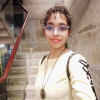
 For all latest news, follow The Daily Star's Google News channel.
For all latest news, follow The Daily Star's Google News channel. 





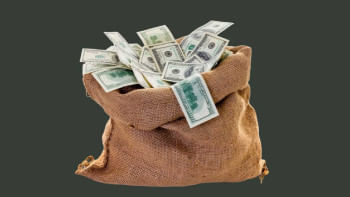
Comments